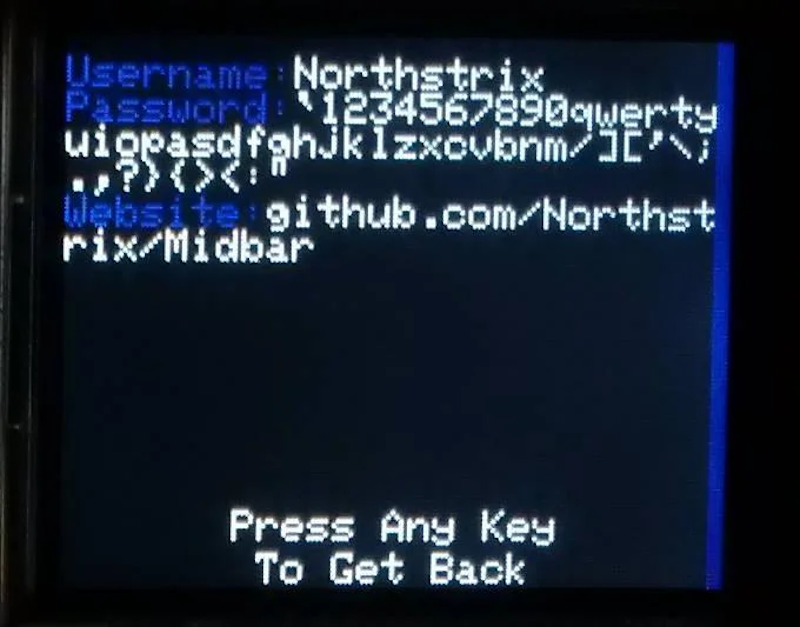Adding new features to old computers is one of our favorite project types, as it keeps hardware out of the trash and gives the device a new lease on life.

Philip Freidin’s description of the EBTKS project certainly sounds like it has been an incredible journey, and the functionality that it adds to the HP-85 is positively mind-blowing.
A brief overview of the EBTKS’ features includes:
- tape drive emulation, using a 16GB mSD card to hold up to 200,000 tapes
- floppy and Winchester disk drive emulation via mSD
- ROM, RAM and Extended memory emulation
- jumperless configuration via text file
- over 70 new keywords
- an EPS32 co-processor (under development)
Find out more and order yours on the EBTKS web page.













